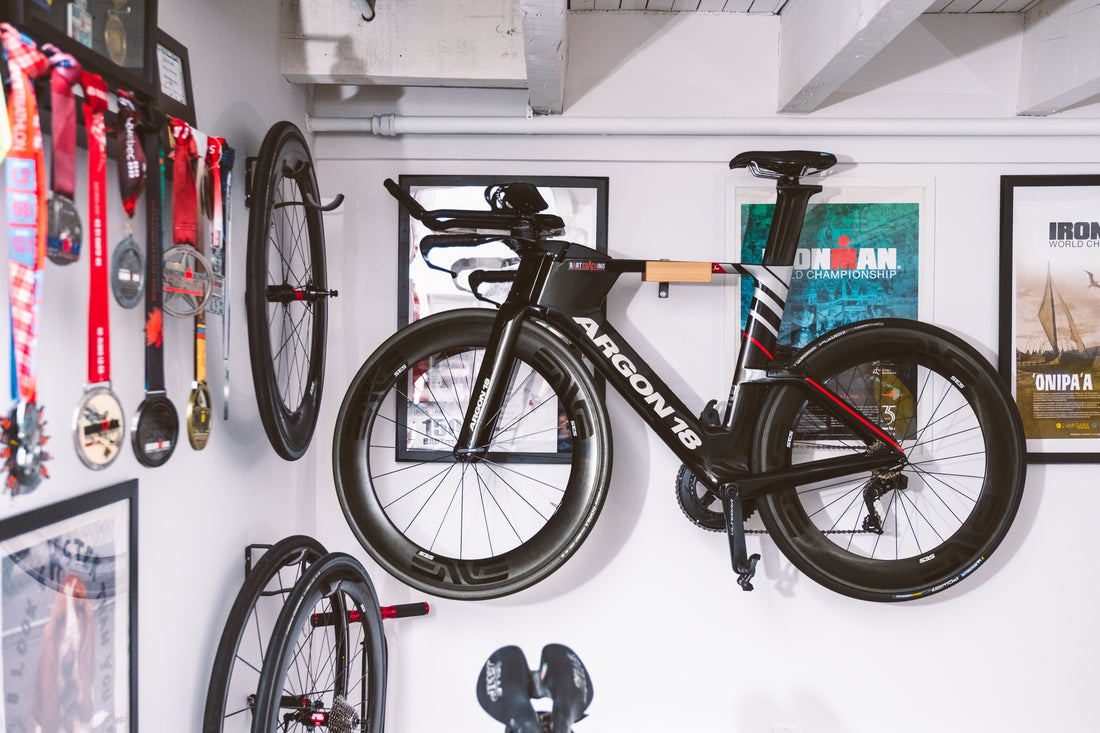The triathlon competition season has come to a close. Perhaps you have a couple of fall running events left, but the bulk of the season is behind us. So what next?
Ahh, the famous offseason! A blessing for some, but a stressful time for others. What to do during this “dead” period? How do you deal with ramping down your training when you are at the peak of your fitness level? Here are 5 tips to guide your off season.
1. Stop
Take the time to really give yourself a break and stop training. Completely. Just for 1 or 2 weeks - be less active, and move just for fun. This provides your body much needed rest, both physically and mentally.
2. Occupy your mindIf you really follow step #1, you will need to keep yourself busy! Take the time to reflect on last season, list your accomplishments and what you feel you want to work on and set new goals. Carve out some time to plan your next season, check which races you are interested in participating in (especially since they sell out so fast!). Alternatively, you can also completely tune out of the competition scene by taking on a new challenge such as learning a language, discovering a new activity, organizing your wardrobe, meal planning, yoga, etc. Basically, occupy the empty space in your schedule with whatever you feel your body and mind need at this time.
3. Get social
Now when we say social network, we mean real people! Step away from the digital space and book real facetime with your family and friends that you have less time to see during competition months. Plan a weekend getaway with your lover. Go apple or squash picking with the family. Just take the time!
4. Restart
When it’s time to restart, gradually build on your volume starting with 25-50% of the max time per week of your last season’s peak training weeks. For example, if you were training 18-20h per week last season, start back with 5-10h per week maximum as an appropriate window of volume, combining all 3 sports. Additionally, don’t pay too much attention to your stats for the first 2-3 weeks (yes, that means no CSS, FTP, watts, TSS or km/h). If this is difficult for you, leave your watch or tempo trainer at home! After this short period, start to integrate more structured trainings, and use this time to work on your weaknesses, posture and technique. This is also the perfect time to meet with your coach to start planning the upcoming season.
5. Strengthen
Needless to say, this is also THE perfect time to pay attention to injuries, de-conditioning and muscular asymmetry. Consult a physiotherapist, kinesiologist, osteopath or athletic therapist to help guide you. A more structured period of strength training combined with lower volume and intensity training is easier as any soreness will impact your trainings to a much lesser degree. Try to keep basic strength work throughout your entire season, while keeping the majority of the strength work in the pre- & -post season. You body will thank you ;)
Be proud of what you have accomplished. Now relax, enjoy the extra time because before you know it you’ll be back on the home trainer!
Dr Melissa Rattue, CMFC, MU, sports med specialist CASEM




